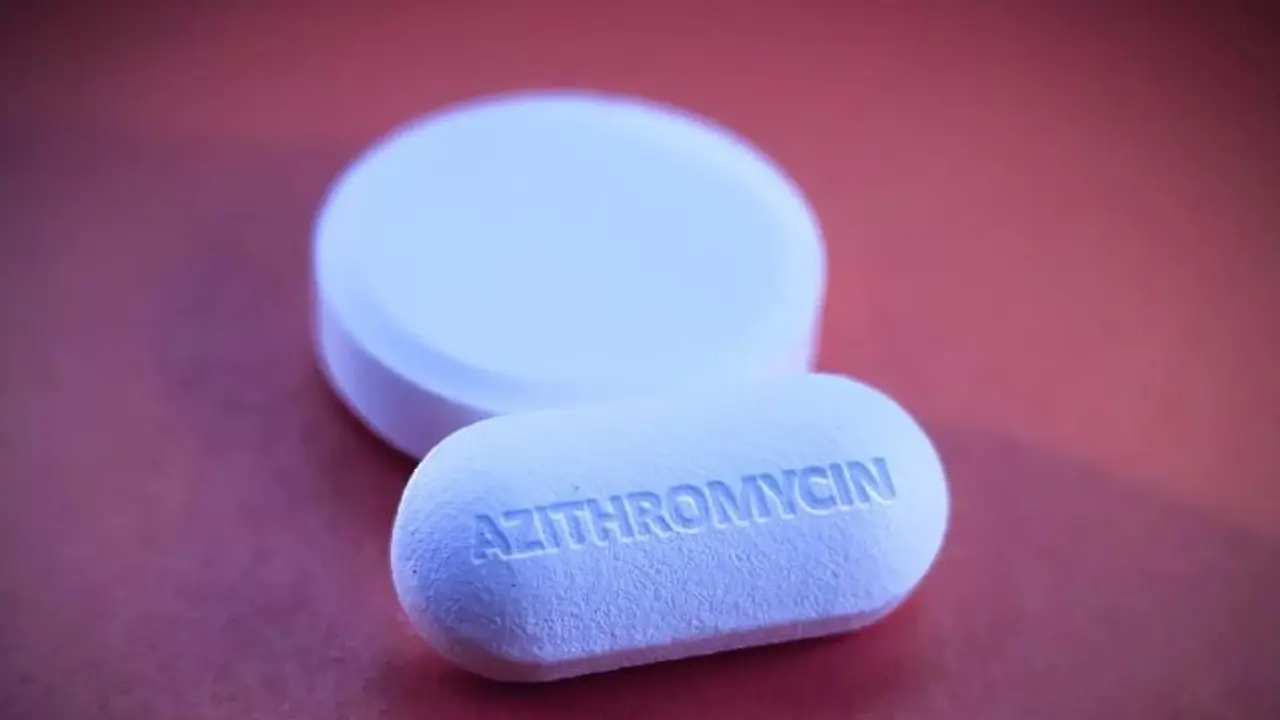According to a study published in The Lancet Regional Health-Southeast Asia, more than 47 per cent of antibiotic formulations used in India's private sector in 2019 were not approved by the central drug regulator.
A Health Ministry official has dismissed a Lancet report, which claimed that more than 47 per cent of antibiotic formulations used in India's private sector in 2019 were unapproved, as 'misleading and inappropriate'.

At a Health Ministry event on Tuesday, prominent pharmacologist Professor Y K Gupta, vice chairman of the Standing National Committee on Medicines (SNCM), which created the National List of Essential Medicines (NLEM), stated that these formulations had received approval from state drug regulatory agencies.
"Even though the authors have used the term 'unapproved' for formulations not approved by CDSCO, it is pertinent to note that these formulations were approved by state drug regulatory authorities. Therefore, the term 'unapproved' seems to be inappropriate in this case," Gupta said.
The Central Drugs Standard Control Organization (CDSCO) is the nation's pharmaceutical regulating organisation. He claimed that after reading media headlines about the Lancet study last week, Union Health Minister Mansukh Mandaviya called him at 6 am to ask about the situation after conducting a thorough review.
Gupta cited media stories based on the Lancet study and asserted that it is inaccurate to claim that antibiotic usage in India is excessive because it is lower than in Brazil, Russia, and Europe.
"Even though India is the biggest antibiotic consumer in terms of volume, the per-capita consumption rate of antibiotics in India is relatively low compared to many countries. This could be ascribed to our large population," Gupta said.
On perusing the paper, India's reported DID (defined daily doses per 1000 inhabitants per day) was 10.4. In global comparison, higher rates have been reported in Europe, Brazil, Russia, Sri Lanka and Pakistan, according to recent estimates.
The current study, in fact, reports improvements in the per-capita consumption rate of systemic antibiotics of 10.4 DIDs which is lower compared to the rate reported in 2015 (13.6 DID) in another report, Gupta stated.
Also read: India prevented over 42 lakh Covid deaths in 2021 through vaccines: Lancet study
According to the authors, this may be due to regulatory changes in the country that restrict the sale of certain medicines, although further investigation is required, he said.
"Notwithstanding, Azithromycin was the most consumed antibiotic molecule in 2019 but it was in NLEM and so I definitely agree that there is a need to create awareness and further promote antibiotic stewardship," he said.
Although just around 10 per cent of market formulations were included in the NLEM, these formulations accounted for close to 50% of DDDs (defined daily doses), indicating significantly higher usage of NLEM-listed medications.
Azithromycin 500 mg tablet was the most consumed formulation, followed by cefixime 200 mg tablet. He stated that amoxicillin-clavulanic acid 500/125mg tablet was the most consumed FDC (fixed-dose combination). All three formulations are listed in NLEM 2015, he said.
Citing some of the limitations of the study, Gupta said, "The current study only looks at the pharmaceutical sales data in the private sector, whereas more detailed data is required to appreciate the patient care settings where these medicines are prescribed and used, prescription patterns existent across different groups of prescribers, and the indications for which these antibiotics are used, including laboratory data such as microbiological tests."
Without analysing patient-level data, it is very challenging to definitively determine whether antimicrobial prescriptions are appropriate because each clinical situation necessitates a nuanced approach that is best suited for the particular patient. This is true even though the metrics evaluated provide a broad assessment of antibiotic consumption.
Highlighting methodological limitations, he said PharmaTrac sample covers only 60 per cent of stockists in India. The data collected were extrapolated to represent the sales of medicines in the entire private retail sector.
Since most government procurement is typically based on a national or state-level list of essential medicines, the medications distributed through public health facilities may have contained a higher percentage of formulations listed in the NLEM. These medications were not taken into account.
Also read: India saw over 23.5 lakh deaths due to pollution, topped list in 2019: Lancet Study
To maintain the efficacy of the available antibiotics, Gupta emphasised the importance of taking a more cooperative approach to raising awareness about the proper use of antimicrobials and antibiotic stewardship. He added that all stakeholders must ensure the prudent use of any new antibiotics brought to the nation.
(With inputs from PTI)
